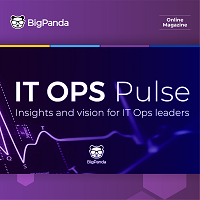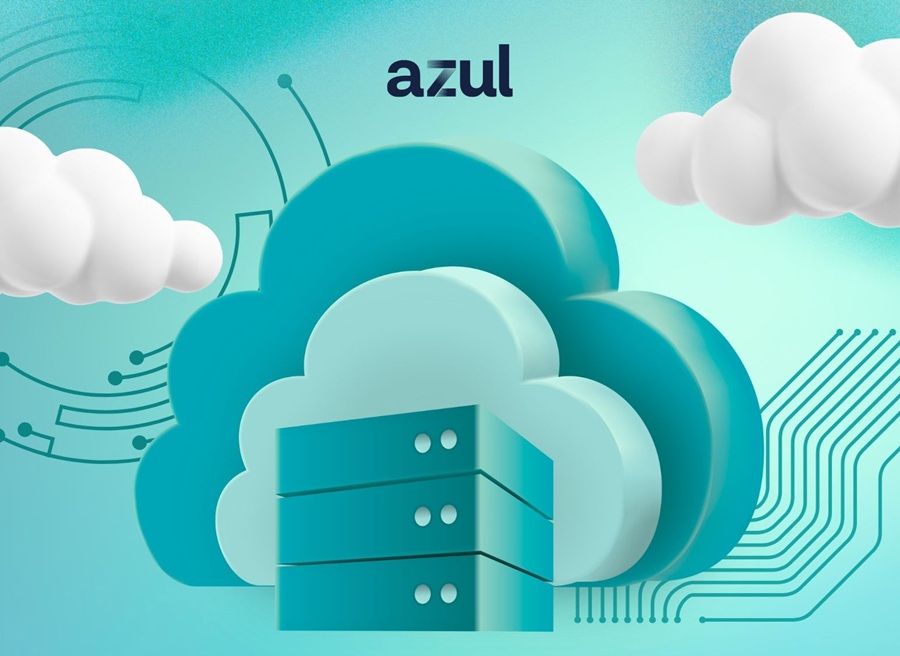APMdigest asked the top minds in the industry what they think AIOps can do for IT Operations. Part 2 covers capabilities supported by AIOps, such as visibility and alerting.
Start with What Can AIOps Do For IT Ops? - Part 1
END-TO-END VISIBILITY
Rapid digitization has made maintaining the performance of key business services across a hybrid cloud environment more imperative than ever. AIOps has quickly become the key technology to provide end-to-end visibility across the technology domains that support business and technology services. AIOps can be used in domain-agnostic settings, applying AI/ML across existing data from monitoring tools, or in a domain-centric way within a specific technology for existing multi-cloud, serverless and container environments. In both instances, the goal is to minimize downtime, speed up code releases and allow developers to get back to writing great software and features rather than spending cycles troubleshooting, and creates opportunities for teams to leverage data-driven decisions to quickly pin-point problems. While many organizations feel that they improved incident response and problem resolution within an area, leveraging proactive AIOps to provide end-to-end visibility across and deep within technology services is a competitive advantage.
Kia Behnia
VP of IT Operations, Splunk
ANOMALY DETECTION
AI (machine learning in particular) is particularly good at recognizing patterns in data — and thus highlights exceptions to those patterns. As a result, AIOps excels at anomaly detection. However, AI drops the ball when the data don't follow clear patterns. The more chaotic the IT environment, the poorer AIOps works.
Jason Bloomberg
President, Intellyx
The anomaly detection from AIOps gives users powerful visualizations comparing the statistics from one period of time compared to another.
Russell Rothstein
Founder and CEO, IT Central Station
PREDICTING INCIDENTS BEFORE THEY BECOME PROBLEMS
Use AI/ML to easily detect evolving incidents across your IT Ops environment as they happen, through the use of cross-domain enrichment
Mohan Kompella, VP Product Marketing,
Adam Blau, Director of Product Marketing,
Anirban Chatterjee, Director of Product Marketing, BigPanda
AIOps is the quintessential analysis of application data coming from the hosting platform, systems logs, Continuous Monitoring tools, CI/CD events, as well as many other sources which can be gradually added as the practice matures (e.g. QA results/metrics output, incidents tracking, etc.) With the help of AI and ML and minimal human intervention, AIOps solutions are able to comb through aggregated data, identify the most relevant pieces of information and correlate them using deterministic analysis. This is the most exciting part of AIOps as it gives way to the true cognitive operations support capable of predicting (and possibly mitigating) incidents before they fully manifested themself in the application's ecosystem.
Oleg Boyko
CTO, Exadel
INTELLIGENT ALERTING
An AIOps tool can predict outcomes and smooth the path for IT operations using intelligent event notification indicating the likely problem within the infrastructure and propose probable solutions. AIOps can reach out to the specific owner or support team providing them with specific information about the issue, suggest remediation, or remediate the problem directly. AIOps tools are transformative for IT operations because they allow operations to concentrate on the business, not on watching screens.
Ron Williams
Analyst, Gigaom
REDUCED ALERT NOISE
AIOps platforms reduce alert noise by grouping interrelated alerts into high-quality incidents that describe to IT Ops teams what the problem is, what's impacted, what the root cause is, what action to take and then kick off automated remediation and resolution workflows.
Mohan Kompella, VP Product Marketing,
Adam Blau, Director of Product Marketing,
Anirban Chatterjee, Director of Product Marketing, BigPanda
AIOps extends value for distributed DevOps teams because of the drastic reduction in alert noise it creates. A majority of alerts currently presented to NOC, IT ops, and SRE teams are deemed irrelevant in mid-to-large sized enterprises. A great deal of toil can be eliminated, freeing up valuable employees to work on the hard, important problems.
Jason English
Principal Analyst, Intellyx
We have seen IT Central Station reviewers using AIOps capabilities for anomaly detection and for troubleshooting, which they say reduces noise when alerts come in.
Russell Rothstein
Founder and CEO, IT Central Station
Now, more than ever, IT teams are overwhelmed by the growing amount of noise from complex infrastructure and applications. Signal noise can impede finding incident root causes in critical moments, lead to longer resolution times, and bring about tedious, manual remediation practices. Teams end up with very little insight into what they need to improve to prevent similar problems from happening in the future. Investing in AIOps helps teams reduce noise from various monitoring tools, find the probable source of significant incidents, and automate as much of the incident response process as possible.
Andrew Marshall
Sr. Director of Product Marketing and Advocacy, PagerDuty
IT Ops teams are drowning in data. The advantage AIOps provides to IT Ops teams is the ability to find a signal through the noise.
Thomas LaRock
Head Geek, SolarWinds
With complicated and multilayered security stacks in play today, companies are finally having to deal with the issue of too many alerts being generated too often, commonly known as "alert fatigue." AIOps technology can easily and effectively reduce alert fatigue by applying a correlation of alerts from several sources and producing actionable alerts that point towards a common root cause. Ultimately, this reduces the noisy background, low priority, or unturned alerts that commonly distracts or hides credible alerts or patterns from security and IT professionals. As a result, there is less chance that they miss a credible alert or threat if AIOps is filtering, correlating, and pattern matching raw alerts into actionable events and alerts.
Chuck Everette
Director of Cybersecurity Advocacy, Deep Instinct


